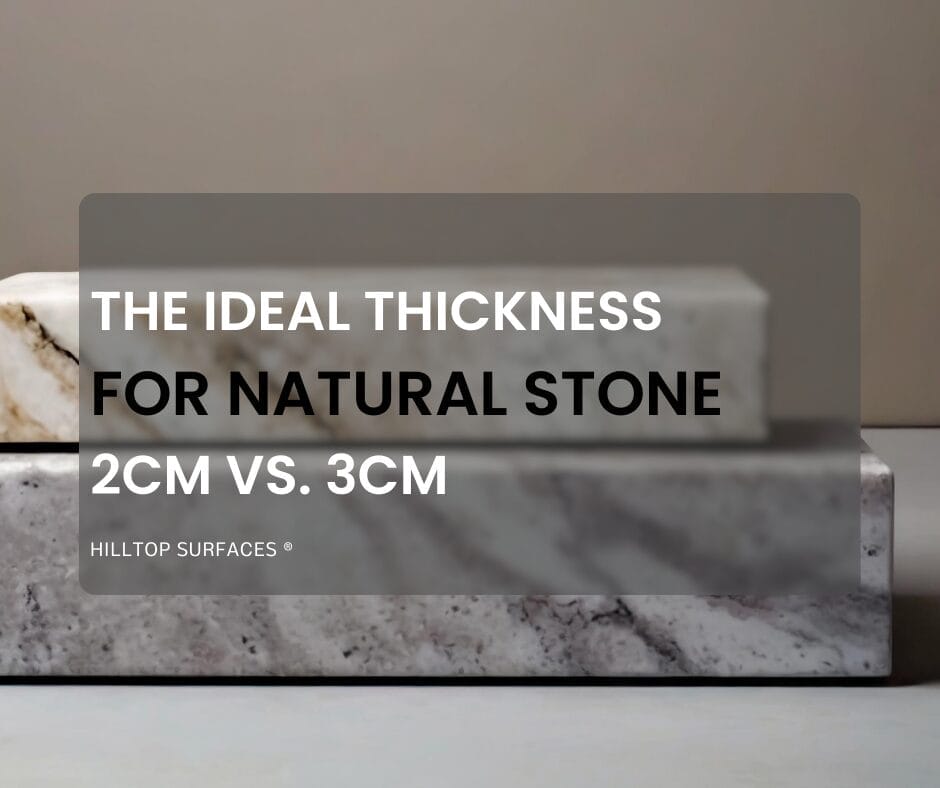What Is Quartzite? Quartz Crystals, Natural Stone, and Engineered Quartz
Discovering the Natural Elegance of Quartzite
Quartzite emerges as a captivating choice for those who adore the aesthetic allure of marble but demand the resilience akin to granite. Distinct from engineered quartz, this 100% natural stone is a treasure from the depths of the earth, boasting origins from various global locations, with Brazil being notably renowned for its quartzite quarries. This Natural Stone also finds itself extracted from the landscapes of the United States, Sweden, Canada, Norway, India, and Italy, among others.
The Origin of Quartzite
At its core, Quartzite is a metamorphic rock, a testament to nature’s alchemy. It is the intense heat and pressure found miles beneath the earth’s crust, often resulting from the monumental clash of continents, that transforms humble sandstone into the robust quartzite. This transformation is not akin to the melting of sandstone but rather a fusion so complete that the individual sand grains merge into a seamless matrix of Quartz Crystals. The stone’s metamorphosis is gradual, with the degree of fusion escalating the deeper and hotter the conditions it endures.
The Journey of Quartzite
The journey from sandstone to Quartzite is a continuous spectrum, marked by subtle gradations rather than a clear boundary. This nuanced transition is comparable to the gradual shift between hues in a color gradient, making it challenging to pinpoint the exact moment of transformation. Consequently, each piece of quartzite and sandstone is unique, demanding individual assessment to truly understand its characteristics and behavior.
The Geological Tale
Quartzite’s story begins as beach sand, which is then buried and compressed into sandstone. The narrative deepens as this stone is thrust further into the earth’s crust, where it is subjected to even greater compression and heat, culminating in its metamorphosis into metamorphic rock. During this metamorphic phase, quartzite is forged under temperatures ranging between 800° and 3000° F, alongside pressures of at least 40,000 pounds per square inch, over millions of years.
Diversity in Nature
The diversity among natural quartzites is profound, influenced by the depth of burial, duration, and the specific conditions each stone experiences. This variance results in some quartzites being somewhat porous, like Macaubas, while others, such as Marine Blue, Taj Mahal, or Fusion, are renowned for their tightly bonded structure.
Quartzite Applications
Quartzite’s versatility shines across numerous applications, from enhancing interiors with Countertops and flooring to gracing outdoor spaces in kitchens and cladding. Its resilience against harsh weather and UV light ensures its enduring beauty and functionality.
Attention to Detail
A common challenge with quartzite is ensuring adequate sealing, especially along edges and cut surfaces. Given the porous nature of some varieties, it is crucial to seal the stone properly to maintain its integrity. Collaborating with a fabricator knowledgeable about the specific quartzite you choose is vital to achieving the best outcome.
In essence, Quartzite offers an exquisite blend of natural beauty and enduring strength. Its journey from sandstone to the kitchens and facades of modern homes is a celebration of nature’s transformative power, presenting a material that is as versatile as it is elegant. For those in pursuit of a surface that marries the sophistication of marble with the durability of Granite, quartzite stands as a distinguished choice.













